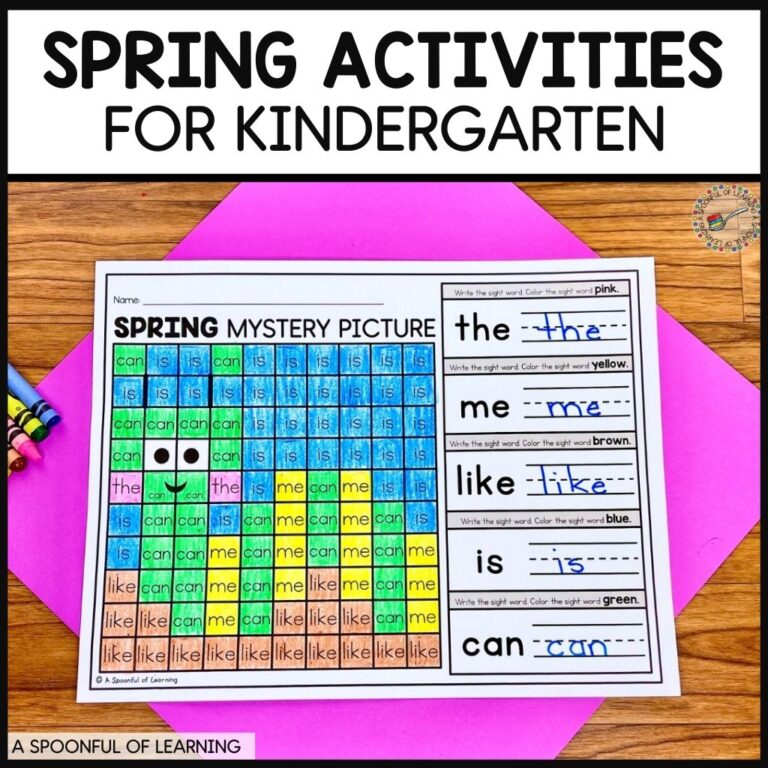
Want to try a FREE winter center activity?
Setting up a center rotation in a kindergarten classroom can seem like a daunting task. After all, you’re expecting a room full of five- and six-year-olds to independently complete a variety of learning activities. Even though it might seem like a tall order, it’s definitely worth it! In this post, I’m going to share several benefits of using centers in kindergarten. You’ll also find helpful tips and resources to make centers run smoothly in your classroom!
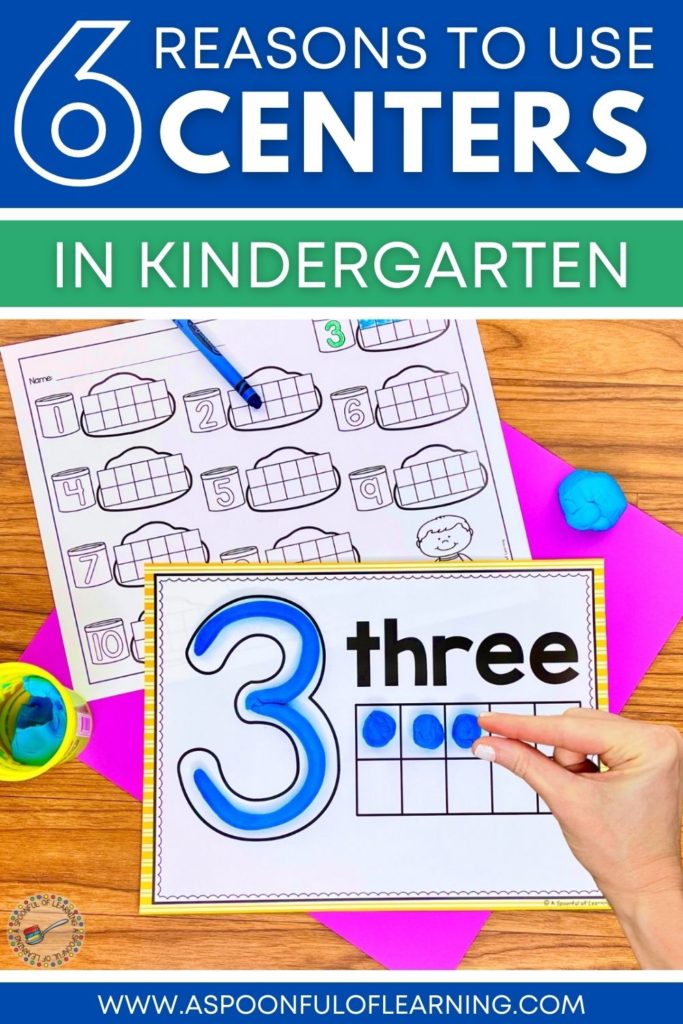
Every teacher has different reasons for using centers in kindergarten. Some teachers are looking for a way to keep students engaged in learning while they work with small groups. Other teachers are trying to add more variety to the school day in an attempt to boost engagement. There are also teachers who like to use centers to give students more time to practice the skills they’re learning in the kindergarten curriculum.
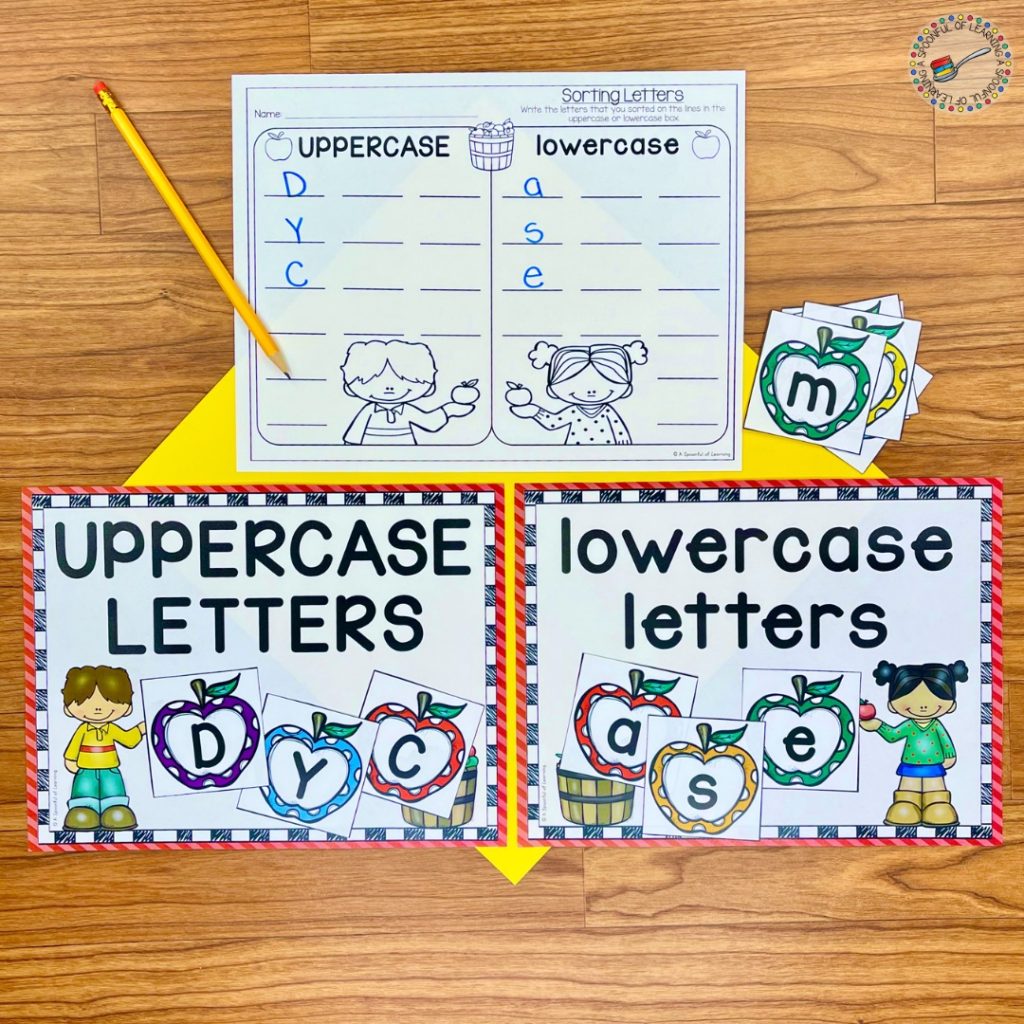
In addition to those reasons above, here are even more reasons to consider adding learning rotations to your daily routine.
We all know that kindergarten students need plenty of hands-on learning activities! One reason is that young kindergarteners really need to be actively engaged in learning. Hands-on activities also help students retain what they learn. Centers, by their nature, are perfect for this!
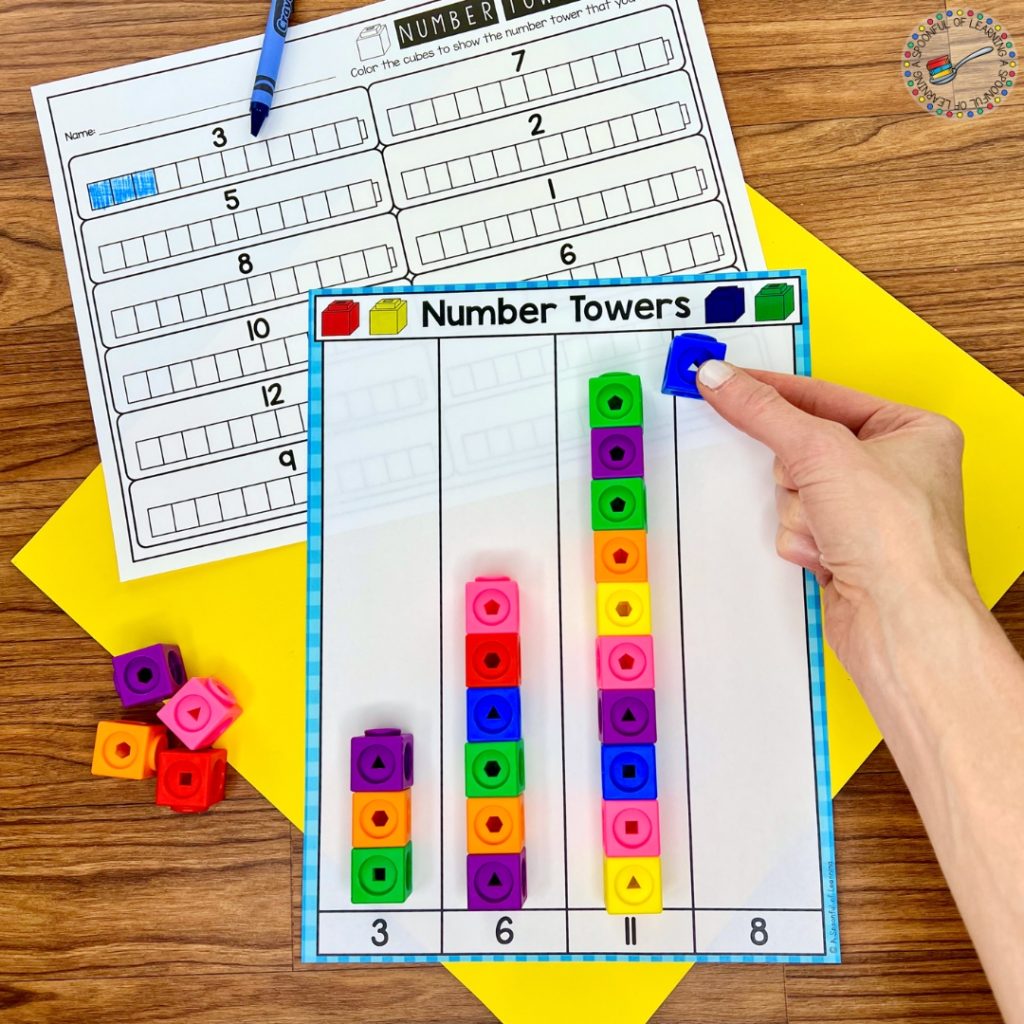
Adding hands-on centers to your classroom doesn’t mean that you have to buy a bunch of new manipulatives and learning tools. In fact, the best part of using centers in kindergarten is that you can use materials that you already have on hand. Your math manipulatives are a great place to start! For example, snap cubes are always a hit with kindergarteners and you can use them to set up a variety of different center activities.
With hands-on learning comes the opportunity for fine motor practice. Young students are still developing the motor control to hold a pencil, pick up small objects, and use hand-eye coordination. The hands-on nature of centers makes it the perfect time to add some extra fine motor practice to your classroom.
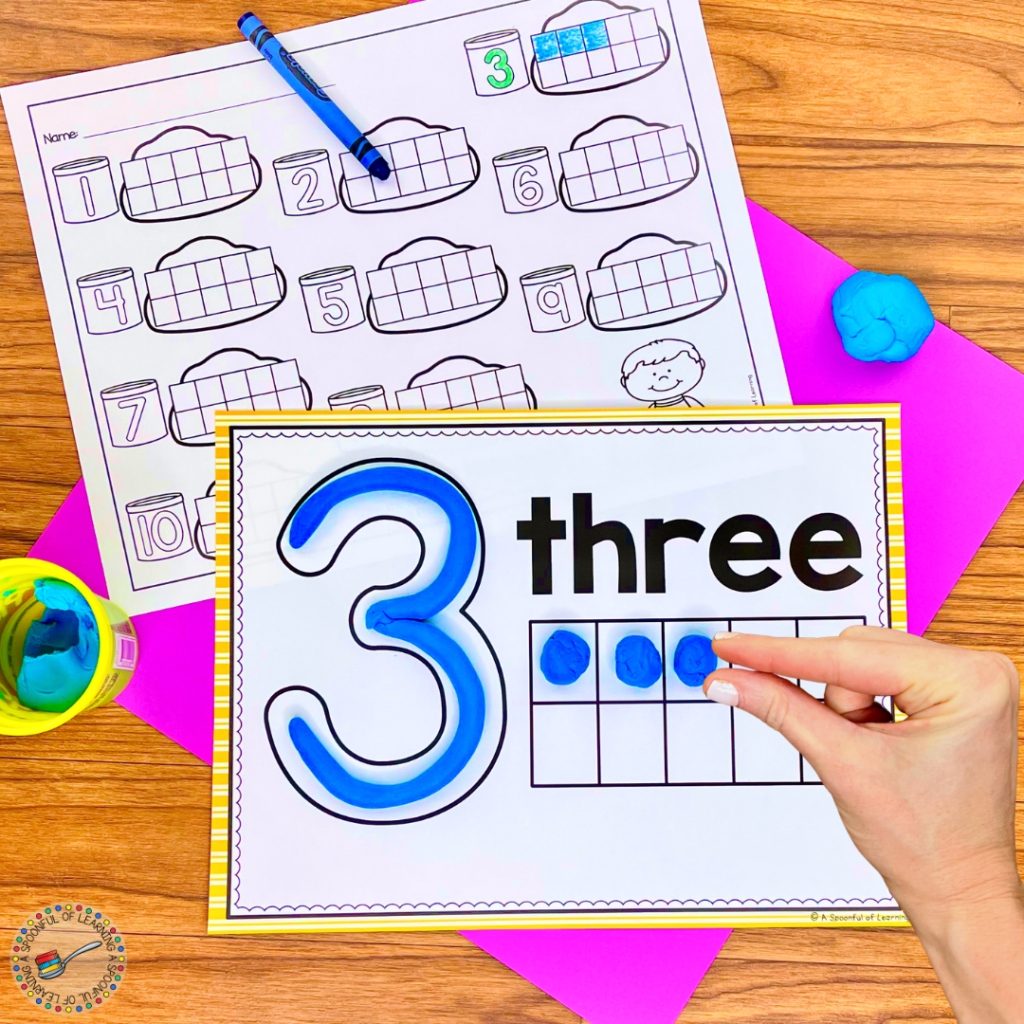
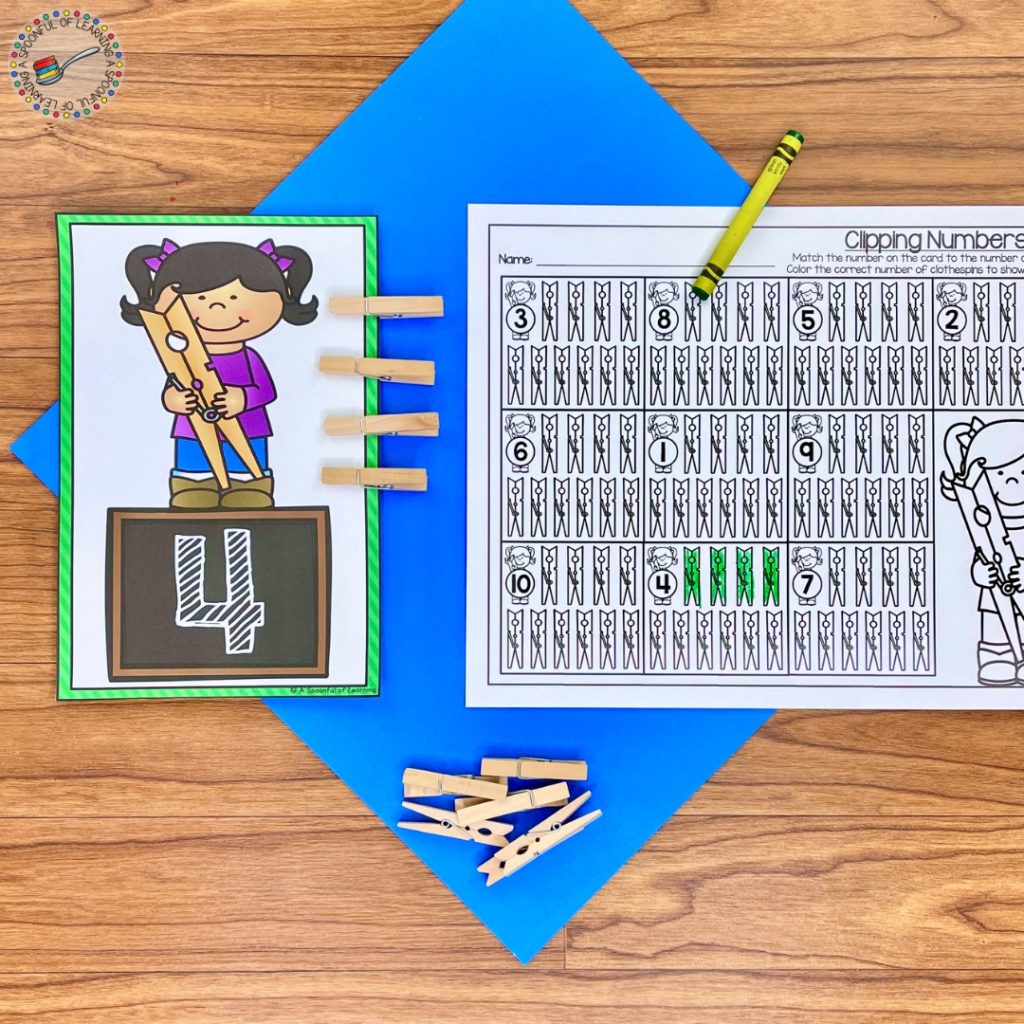
Play dough centers are always fun for kindergarten students. As they roll and shape the play dough for the learning task, they don’t even realize that they’re hard at work! Clip activities are another great option for improving hand strength during centers time. Students use clothes pins or other clips to identify the correct answers on task cards. You can even add a sticker on the back of each card to make them self-correcting!
Self-correcting activities are just one way that centers can encourage students to be more independent learners. Many of our kindergarten students come to school very reliant on adult support and feedback. Centers allow students to participate in learning tasks without receiving immediate feedback from the teacher.


One of my favorite ways to increase student independence during centers is to use “I Can” picture direction cards at each station. Even if students aren’t reading yet, they can use the pictures to help them participate in the learning activity with minimal assistance. These posters are easy to store with each center activity so they’re ready to go each day.
When people think about what it takes to set up several learning stations in their classroom each day, they might think it takes a lot of extra prep time. However, the opposite is true! Centers can actually save you time each week! Since students rotate through the stations over the course of several days, you only need to prep the activities once for an entire week (or longer) of learning!
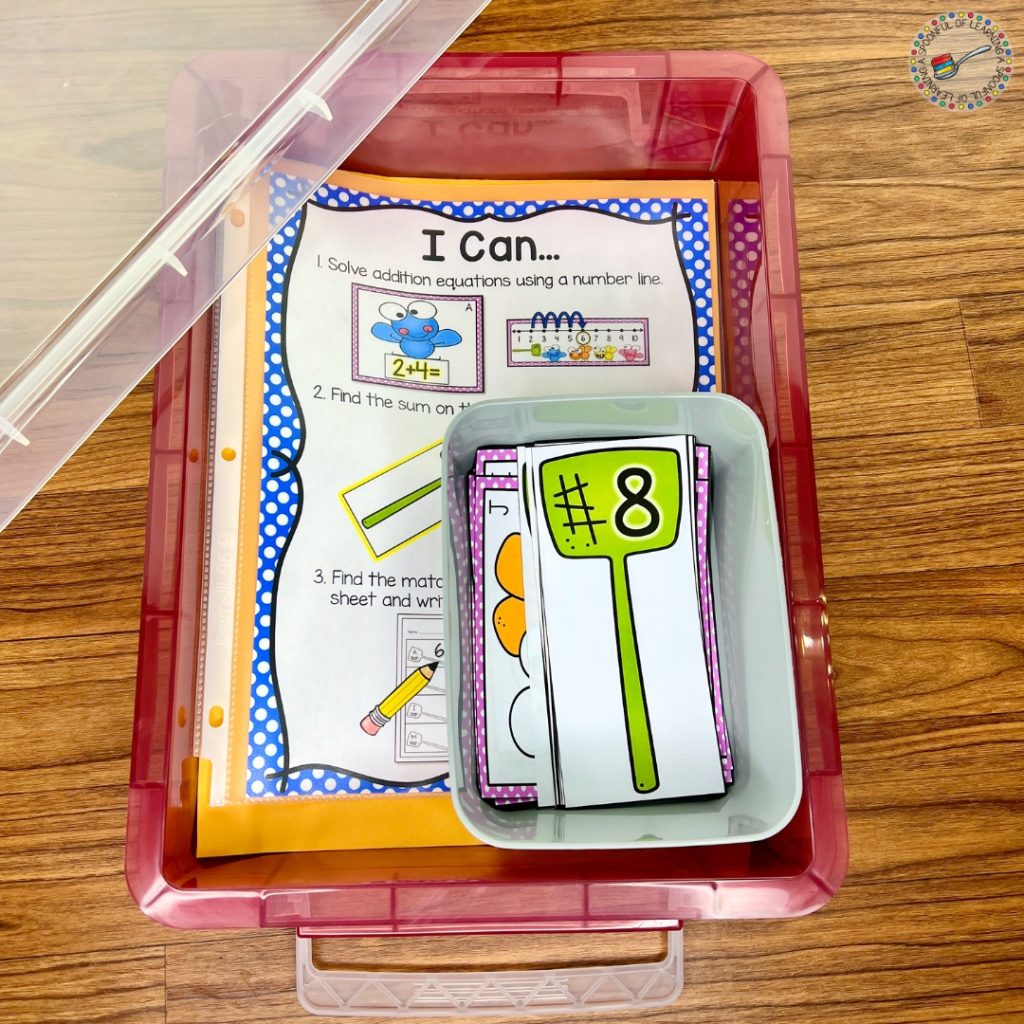
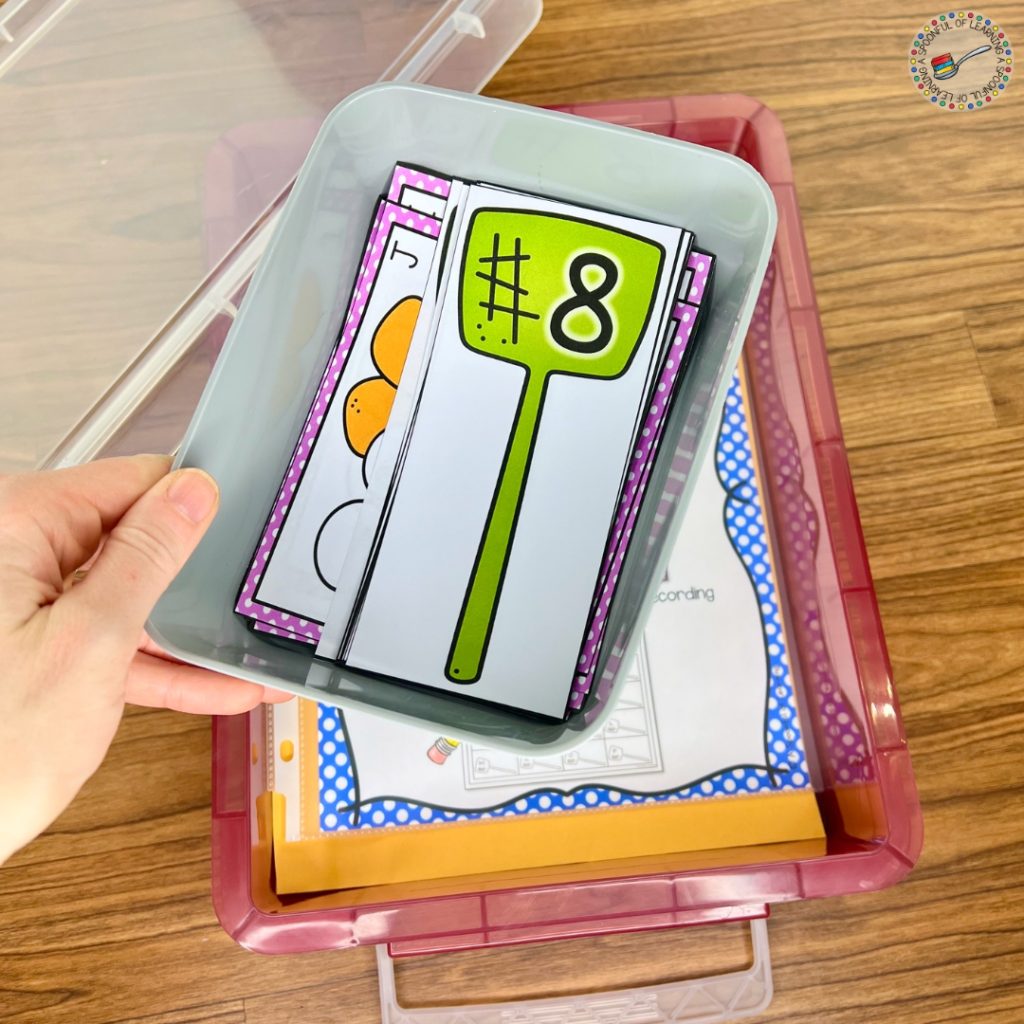
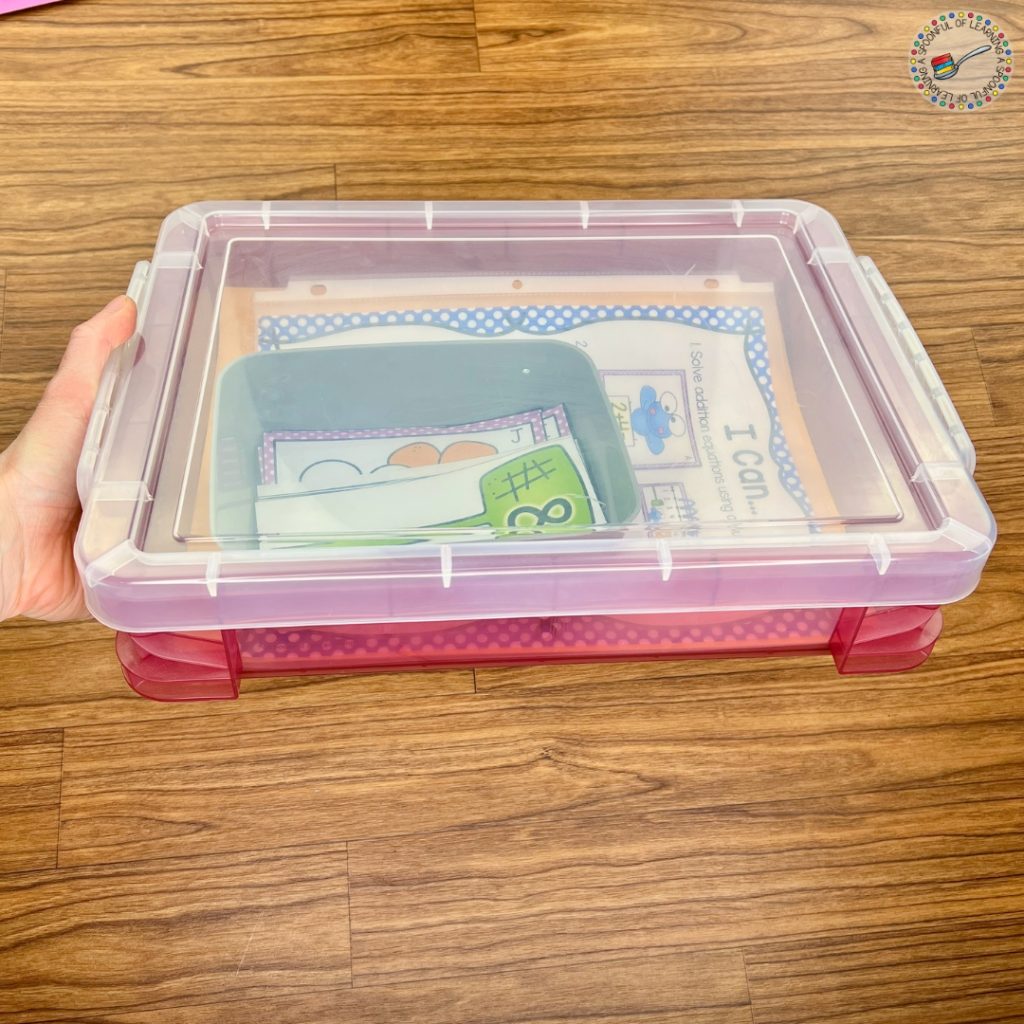
You can pull together all of the printables, manipulatives, and direction cards that you need for each station and store them in small plastic bins. Then you have everything ready to pull out and place on the tables right before it’s time for centers. The best part is that it’s easy for students to help you with clean-up! They can just put the materials back in the tub and then stack them somewhere safe until the next day.
When a holiday rolls around, it’s almost guaranteed to increase the level of off-task behaviors in the classroom. Students are just beside themselves as they anticipate the upcoming holiday! Festive centers can help with this!
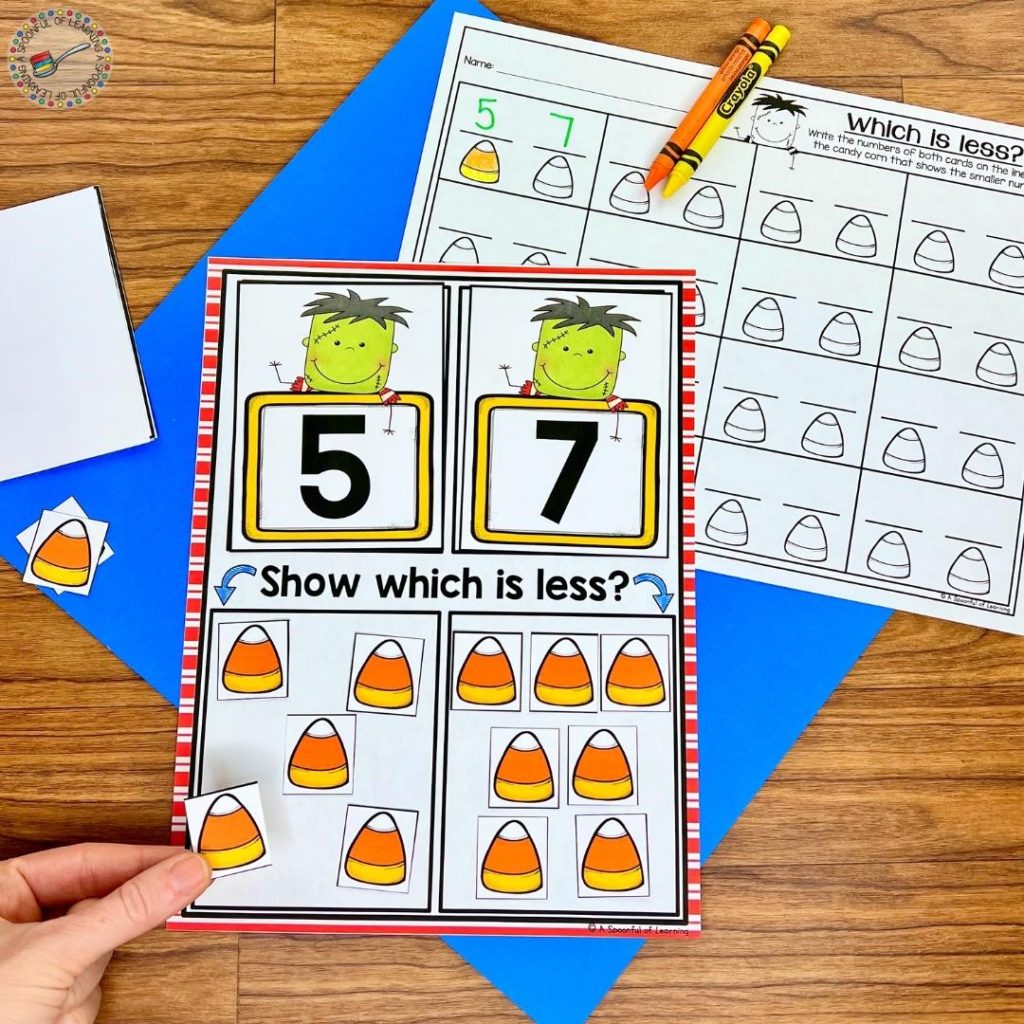
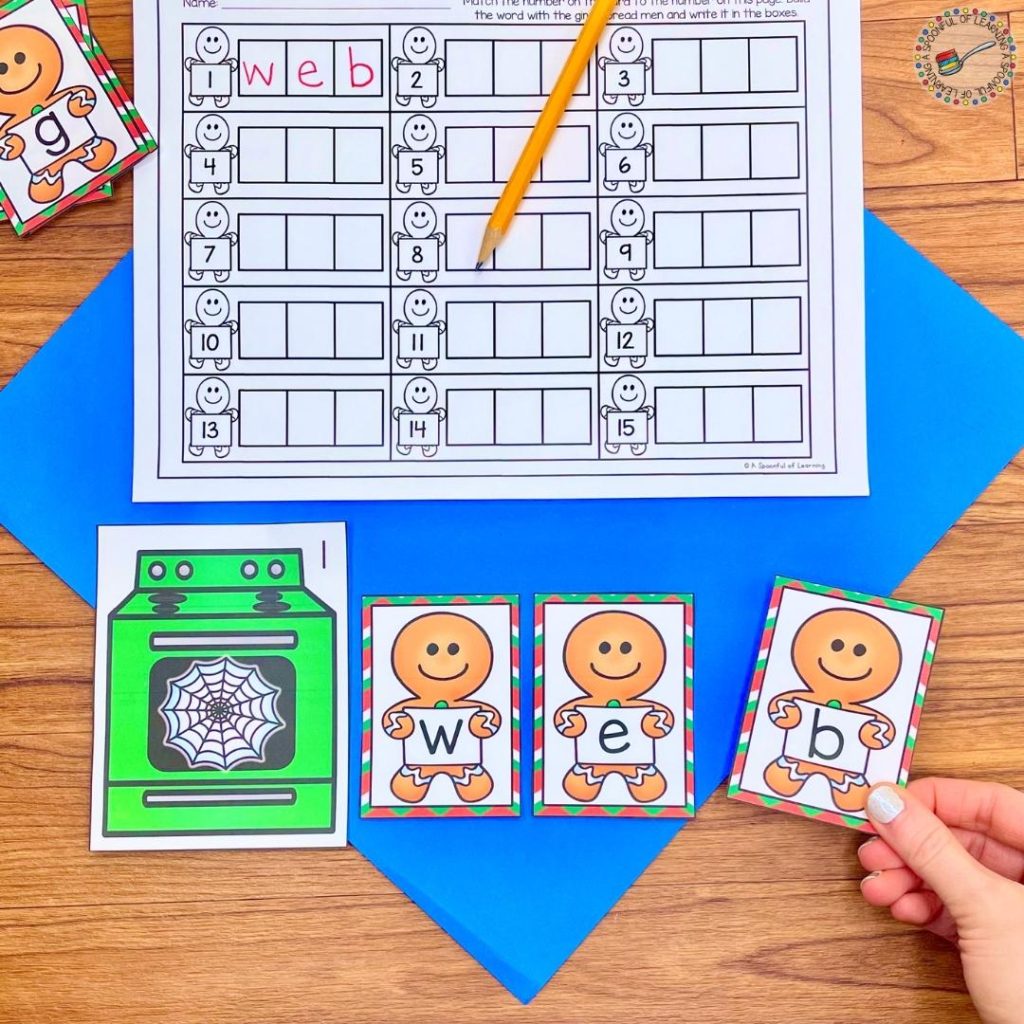
You can add a touch of seasonal fun to your classroom while still maintaining your learning routine. This helps students channel that seasonal excitement into meaningful learning tasks.
Maintaining a consistent learning routine is helpful for more than just holiday seasons. In fact, students thrive on consistency all year long! When you work with your students to create a predictable learning rotation, it will become a valuable part of your daily schedule.
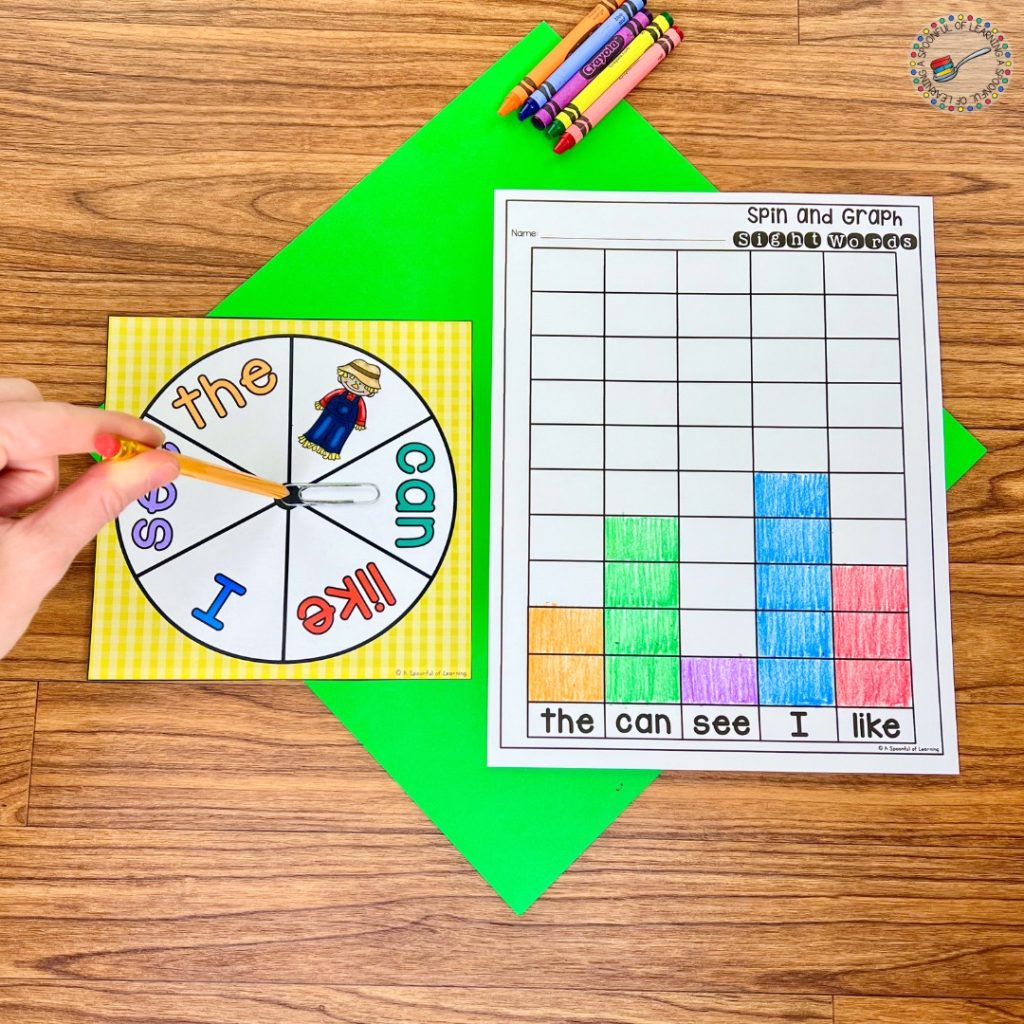
You will be able to trust your students to work independently as you work with individual students or small groups. Your students won’t have to be sitting right in front of you in order to practice important literacy and math skills!
To save you even more time as you set up a consistent centers routine for your classroom, I have bundled monthly centers activities for you! These centers follow a natural skill progression of the kindergarten curriculum while also providing opportunities for review and extra practice. Each activity comes with a recording sheet to increase student accountability, as well as illustrated instructions to encourage independence.
If you’d like to take a closer look at these bundled centers, you can find them in the A Spoonful of Learning Shop or on TPT.
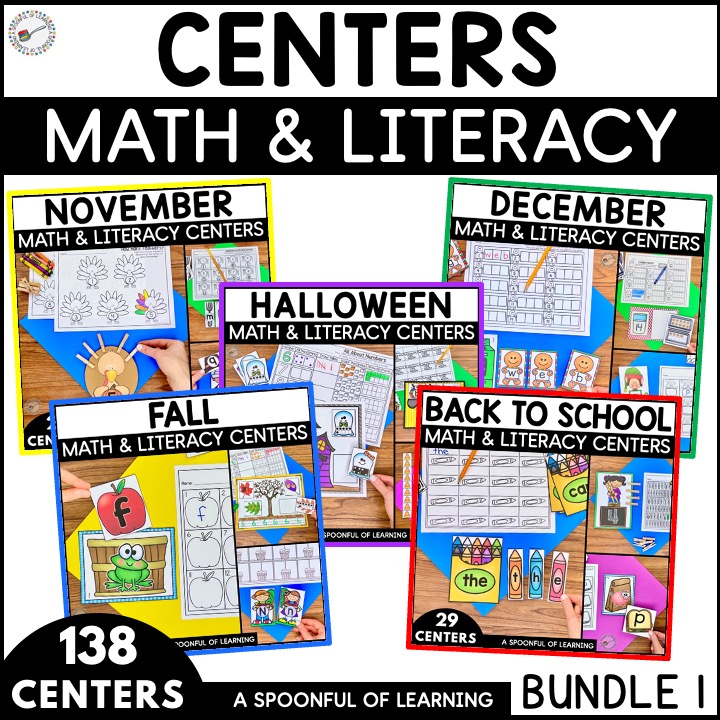
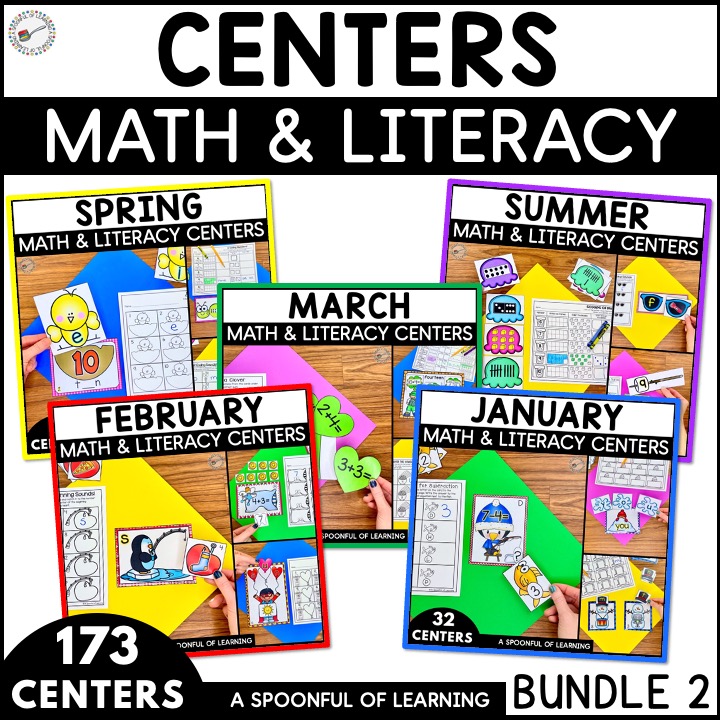
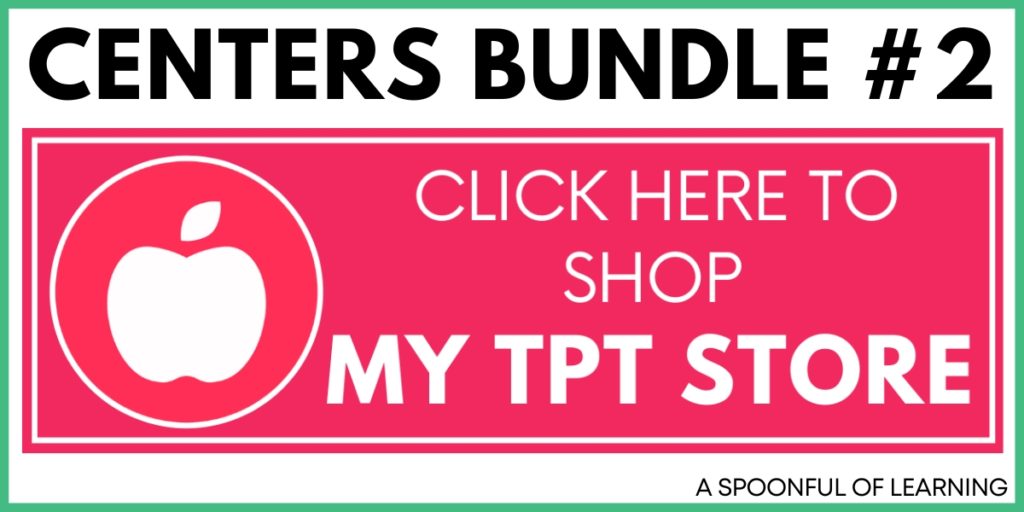
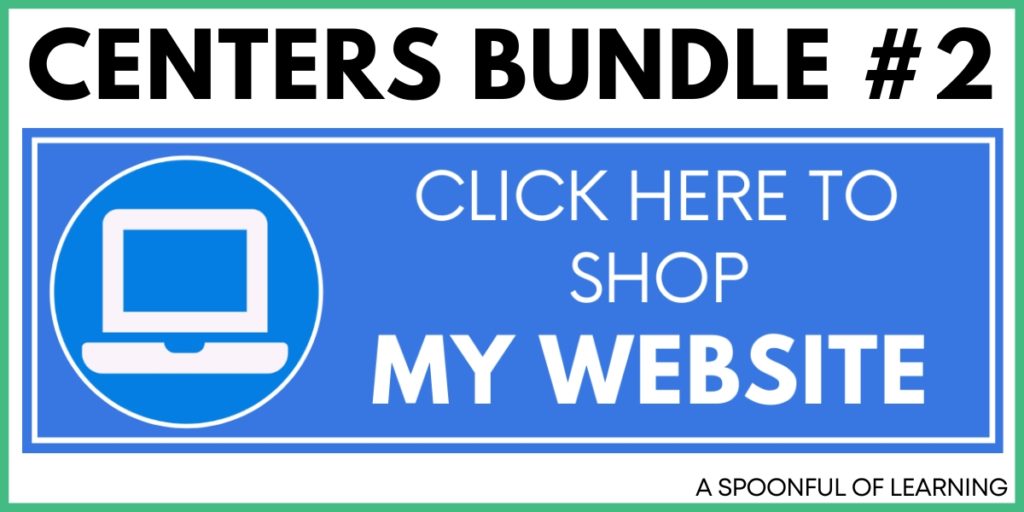
If you’re short on time, be sure to save this post so you can find it later! Just add the pin below to your favorite teaching board on Pinterest. You’ll be able to find these center ideas for kindergarten when you’re ready to set up your own learning rotations!
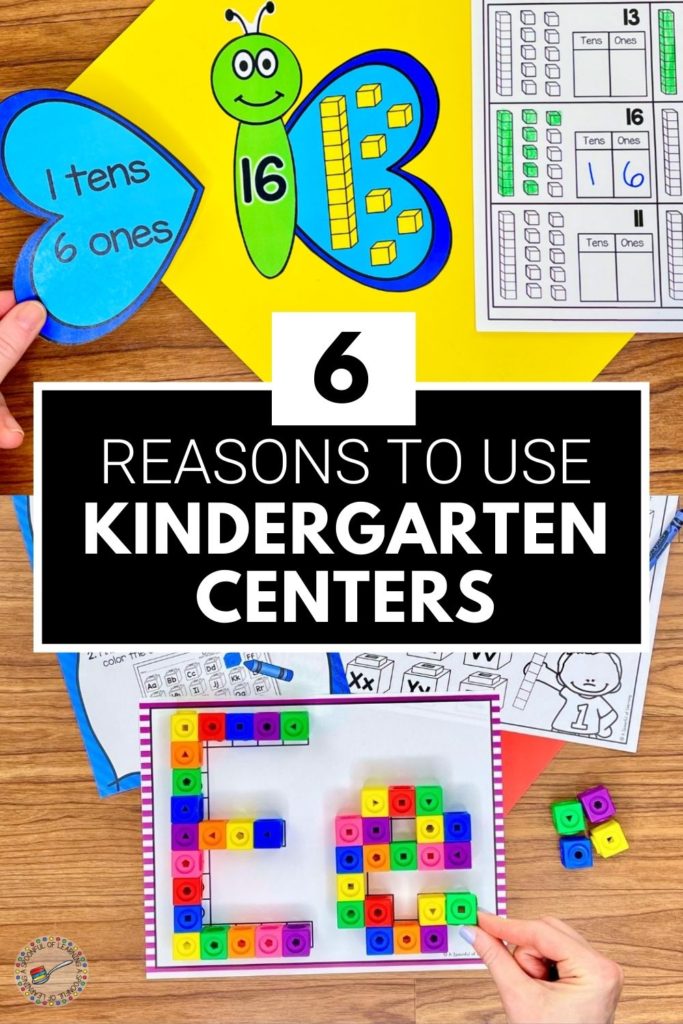
These alphabet books will have students dive deep into learning about each letter of the alphabet while eager to see what activity they get to complete next!